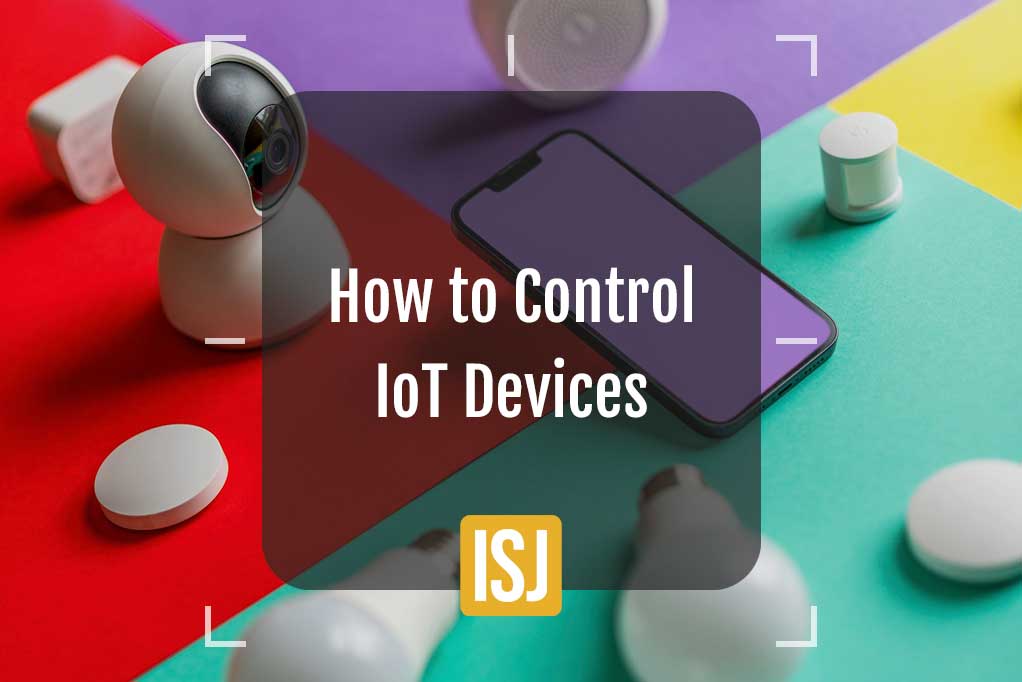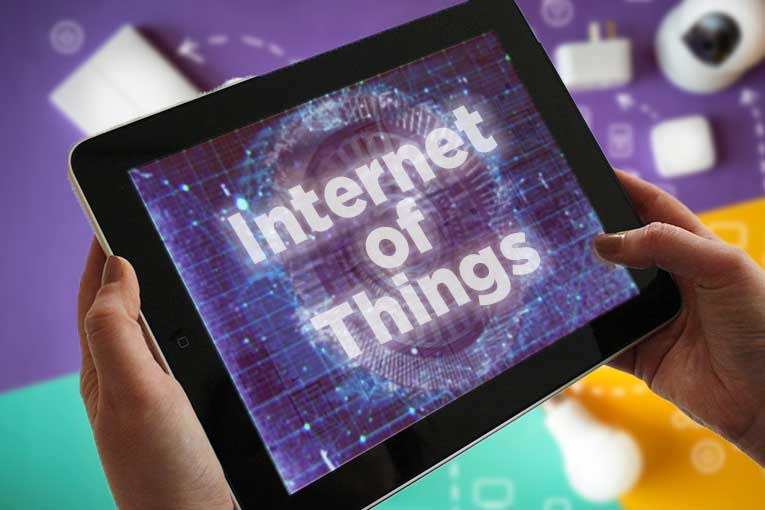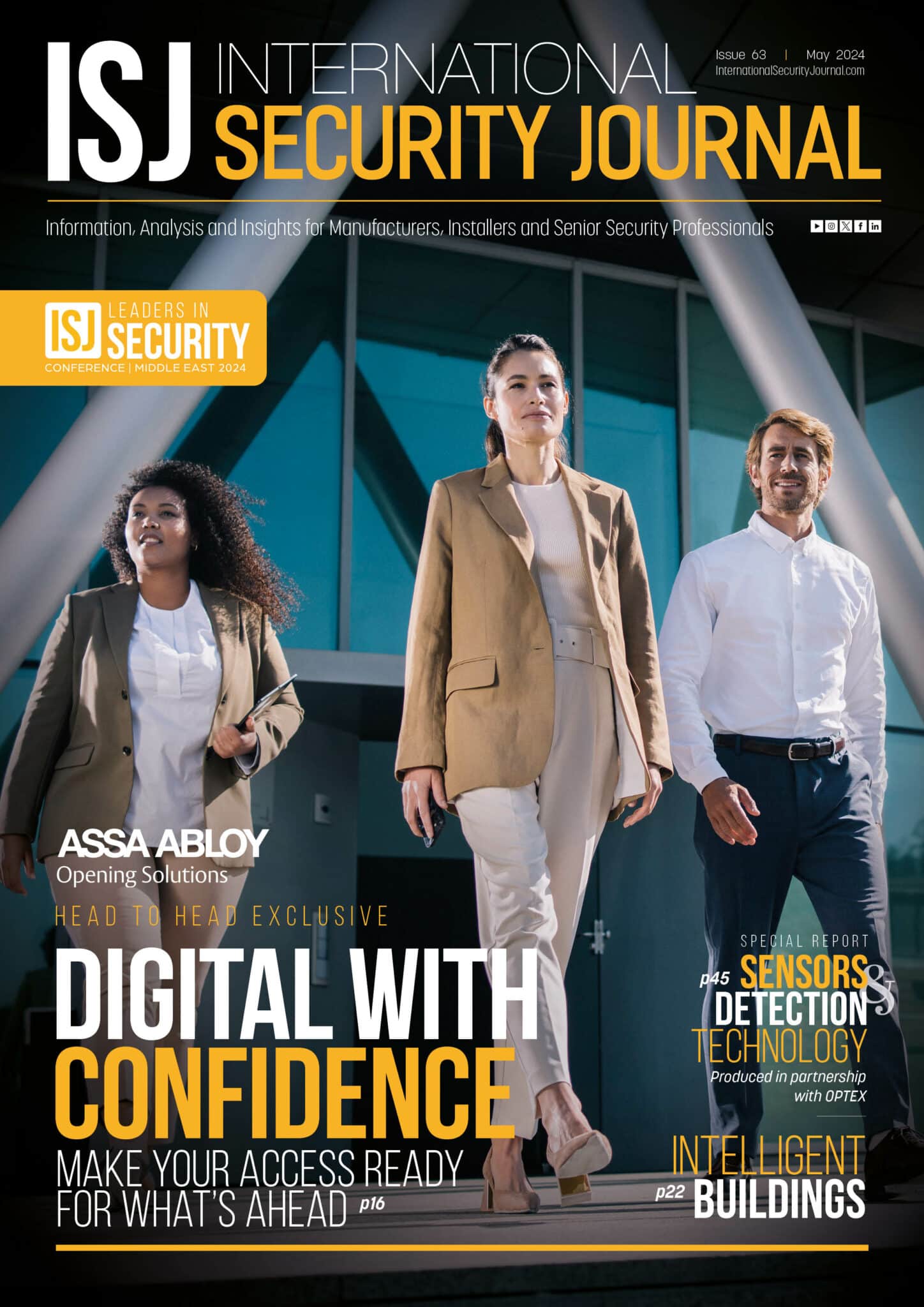How to Control IoT Devices


Simon Burge
Share this content
With the technology industries ever evolving, the Internet of Things (IoT) has emerged as a revolutionary concept.
It brings everyday objects to life, connecting them to the internet and allowing seamless communication between devices.
While this connectivity opens up a world of possibilities, it also raises questions:
How to control IoT devices, ensuring they serve us rather than overwhelm us?
This article explores the nuances of controlling IoT devices, from understanding what IoT is to navigating the challenges and glimpsing into the future.
Article Chapters
ToggleWhat is the IoT?
The IoT is a network of interconnected physical devices embedded with sensors, software, and other technologies.
These smart devices gather real-time data from their environment through sensors, interpreting this information to make decisions or trigger actions.
This interconnectedness allows for seamless communication between devices, creating a web where data flows effortlessly.
IoT technology enhances efficiency and convenience in various aspects of life.
Imagine a smart home where thermostats adjust temperature based on occupants’ preferences or refrigerators notify owners when groceries are running low.
In industrial settings, IoT-enabled machinery can self-diagnose issues, enabling predictive maintenance and minimising downtime.
What are IoT Devices?
IoT devices come in a diverse range, from common household items to complex industrial machinery.
In a smart home, IoT devices include smart thermostats, security cameras, smart appliances like refrigerators and washing machines, and wearable devices like smartwatches.
These devices collect data from their surroundings using sensors, such as temperature sensors, motion detectors, or GPS modules.
For instance, a smart thermostat can sense the temperature in a room and adjust heating or cooling systems accordingly.
In industrial settings, IoT devices are utilised in machinery and equipment.
These devices monitor various parameters such as temperature, pressure, or performance metrics.
For instance, in agriculture, IoT devices can be embedded in soil to measure moisture levels, enabling farmers to optimise irrigation.
In healthcare, IoT devices include wearable health trackers that monitor heart rate, sleep patterns, and physical activity, providing valuable data to users and healthcare providers.
How to Control IoT Devices
IoT devices can be controlled either physically or remotely.
Some of the most common IoT control devices include:
Physical IoT Control Methods
Touchscreens

Touchscreen interfaces represent a sophisticated and widely used physical IoT control method.
Devices equipped with touch-sensitive screens allow users to directly manipulate settings, swipe through options, and tap commands.
This method provides a highly intuitive and interactive experience, where users can control various aspects of their IoT devices with familiar gestures.
For instance, a smart home control panel with a touchscreen interface enables users to adjust lighting, set security preferences, and manage connected appliances effortlessly.
The immediate response to touch gestures creates a seamless digital control environment, enhancing user engagement and ease of use.
Buttons
Physical buttons are fundamental components of many IoT devices, offering precise and tactile control.
Users can press buttons to initiate specific actions or cycles within the device.
For example, a smart speaker might have buttons for volume control, play/pause, and activating voice assistants.
Button-based control ensures users have a tangible way to interact with their devices, providing immediate feedback with each press.
The tactile sensation of pressing a button creates a sense of assurance, confirming the user’s command.
This method is particularly useful for devices where precise inputs are essential, enhancing user confidence and control accuracy.
Dial and Knobs
Dials and knobs provide a methodical and precise way to adjust settings on IoT devices.
These physical controls allow users to make fine-tuned adjustments, whether it’s changing volume levels, adjusting temperature, or selecting options from a menu.
For instance, a smart oven might have a knob for temperature control, enabling users to set the exact cooking temperature with ease.
The rotational movement of dials and knobs offers a sense of control, allowing users to dial in the desired settings accurately.
This method is valuable for tasks that require nuanced adjustments, providing users with a hands-on approach to customization.
Remote IoT Control Methods
Mobile Apps
Mobile apps serve as versatile tools in knowing how to control IoT devices.
These applications, tailored for smartphones and tablets, provide intuitive interfaces that allow users to manage their IoT devices seamlessly.
Whether it’s adjusting smart lighting, regulating home temperature, or controlling entertainment systems, mobile apps offer a convenient and portable solution.
Users can access a wide array of functionalities, all within the palm of their hand.
The responsive nature of these apps ensures real-time control, enabling users to make instant changes to their smart environment from anywhere.
Web Interfaces

Web interfaces offer a robust platform for remote IoT control accessible through internet browsers on computers and tablets.
These interfaces provide a comprehensive view of connected devices and their functionalities.
Users can monitor, configure, and control multiple IoT devices simultaneously, enhancing efficiency and ease of management.
Web interfaces often feature user-friendly dashboards, making it effortless to navigate through various options and settings.
The advantage lies in the versatility – users can access their IoT ecosystem from any device with internet access, ensuring flexibility and convenience.
Voice Assistants
Voice assistants, integrated into devices like smart speakers and smartphones, revolutionise remote IoT control.
Users can issue vocal commands to control their IoT devices, making the interaction process hands-free and effortless.
Whether it’s adjusting room temperature, dimming lights, or locking doors, voice assistants interpret natural language and execute commands promptly.
Popular voice assistants like Amazon’s Alexa, Google Assistant, and Apple’s Siri have extensive IoT device compatibility, allowing users to create a connected and responsive home environment simply by speaking.
This method not only adds convenience but also enhances accessibility, making IoT devices accessible to individuals with diverse abilities.
Geofencing and Automation
Geofencing and automation technologies enable contextual remote IoT control.
Geofencing allows users to set geographical boundaries; when a user’s smartphone enters or exits these predefined areas, specific actions are triggered on connected devices.
For instance, as a user approaches home, the thermostat can adjust to the preferred temperature automatically.
Automation, on the other hand, allows users to create predefined schedules and conditions for their IoT devices.
This ensures devices operate autonomously based on the set parameters.
Together, these methods create a dynamic and responsive IoT environment, where devices adapt to users’ needs without constant manual intervention.
Ensuring Security with Controlling IoT Devices
Securing IoT devices is paramount. As these devices collect sensitive data, ensuring privacy and protection against cyber threats is critical.
Manufacturers often implement robust security protocols, but users must also play their part. Regularly updating device firmware, using strong, unique passwords, and enabling two-factor authentication are essential practices.
Additionally, consider using a dedicated network for IoT devices to isolate them from your primary devices, minimising the potential impact of a security breach.
Challenges with Controlling IoT Devices
Controlling IoT devices has a multitude of benefits, however there are a number of challenges to overcome:
Interoperability
One of the primary challenges faced in the realm of IoT is interoperability.
Devices manufactured by different companies often operate on distinct communication protocols and standards.
Ensuring these devices can seamlessly interact and share data without complications is a significant hurdle.
A lack of uniformity in protocols can lead to a fragmented IoT ecosystem, making it challenging for users to integrate devices effectively.
Data Privacy Concerns
IoT devices, by their nature, collect and store vast amounts of personal data.
From daily routines to preferences, these devices gather sensitive information.
Data privacy concerns arise due to the potential misuse or unauthorised access to this data. Users are rightfully worried about how their information is stored, processed, and shared.
Addressing these concerns is critical to building trust among users and ensuring the responsible use of the data generated by IoT devices.
Cybersecurity Threats

The interconnected nature of IoT devices opens the door to cybersecurity threats.
Hackers may exploit vulnerabilities in devices or networks, leading to unauthorised access, data breaches, or even device manipulation.
As IoT devices become more prevalent, the stakes are higher, demanding robust cybersecurity measures.
Ensuring end-to-end encryption, regular security updates, and implementing strong authentication processes are crucial steps in safeguarding IoT ecosystems against malicious cyber activities.
Device Obsolescence
The rapid pace of technological advancement poses a unique challenge in the IoT landscape.
Newer, more efficient devices regularly enter the market, making existing ones obsolete.
This rapid evolution necessitates frequent upgrades, which can be costly and inconvenient for users.
Managing device obsolescence becomes crucial, especially in sectors where IoT devices play a pivotal role, such as healthcare and industrial applications.
Finding sustainable solutions to cope with the fast-paced technological changes is vital to ensuring long-term usability and minimising electronic waste.
The Future of IoT Control Devices
The future of controlling IoT devices promises exciting developments
Intuitive Automation and Personalization
Enhanced AI and machine learning algorithms will revolutionise IoT devices, making them intelligent entities capable of understanding user preferences and habits.
These devices will learn from user interactions, adapting their functionality to individual needs.
For instance, smart thermostats will not only adjust temperatures based on preset preferences but also anticipate user habits, optimising energy usage.
This intuitive automation reduces the need for constant manual input, making IoT devices proactive in meeting user requirements.
Daily tasks will become more efficient and tailored to individual lifestyles, enhancing overall convenience.
5G Integration
The integration of IoT devices into 5G networks is a pivotal development for connectivity.
5G technology can deliver unprecedented speeds and ultra-low latency, enabling IoT devices to communicate faster and more efficiently.
This advancement revolutionises sectors like smart cities and healthcare.
In smart cities, real-time data from various IoT sensors can lead to more efficient traffic management, waste disposal, and energy usage.
In healthcare, remote patient monitoring devices can transmit data seamlessly, enabling healthcare professionals to provide timely interventions.
The rapid and reliable communication facilitated by 5G networks transforms how IoT devices interact with each other and the world, paving the way for a smarter and more interconnected future.
Enhanced Security and Privacy Measures
With the increasing integration of IoT devices into our lives, there is a growing focus on security and privacy.
Future IoT control devices will implement advanced encryption techniques and robust authentication methods to safeguard user data.
Additionally, user-centric privacy controls will empower individuals to manage their data effectively, ensuring a secure and private IoT experience.
As these security measures evolve, users can confidently embrace the expanding IoT landscape, knowing their information is protected.
Conclusion
Navigating the world of IoT devices is a journey that merges technology with everyday life.
As these devices become increasingly prevalent, mastering their control is essential.
By understanding the various control methods, emphasising security, and being aware of challenges and future trends, users can harness the full potential of IoT devices while safeguarding their privacy and security.
Embracing the IoT revolution offers boundless opportunities, transforming the way we live, work, and interact with the world around us.

